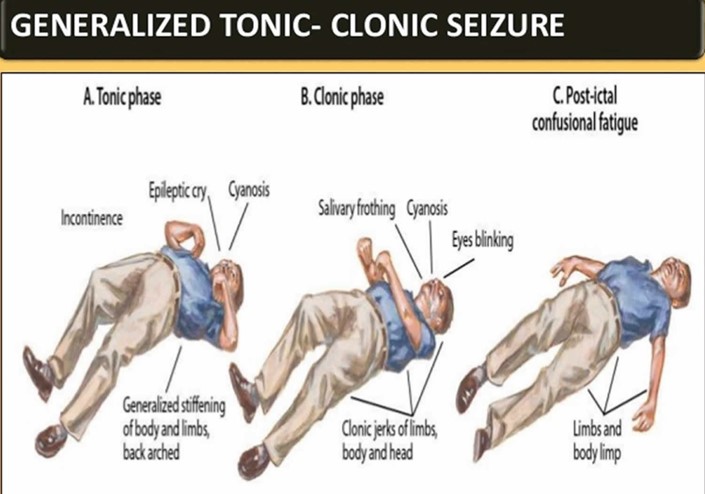A nurse is collecting data from a client who has an exacerbation of gout. Which of the following findings should the nurse expect? (Select all that apply.)
Tight skin
Edema
Tophi
Symmetrical joint pain
Erythema
Correct Answer : B,C,E
A nurse collecting data from a client who has an exacerbation of gout should expect to find edema, tophi, and erythema. Gout is a type of arthritis that occurs when urate crystals accumulate in the joints, causing inflammation and intense pain. Edema (swelling) is a common symptom of gout⁴. Tophi are deposits of urate crystals that can form under the skin in people with chronic gout³. Erythema (redness) is another common symptom of gout⁴.
a. Tight skin is not a common symptom of gout.
d. Symmetrical joint pain is not a common symptom of gout, as it usually affects only one joint at a time.

Nursing Test Bank
Naxlex Comprehensive Predictor Exams
Related Questions
Correct Answer is D
Explanation
The nurse should place a pillow under the client's head if the client is on the floor in the clonic phase of a tonic-clonic seizure. This can help protect the client's head from injury during the seizure.
Inserting a padded tongue blade into the client's mouth, keeping the client in a supine position, and gently restraining the client's extremities are not appropriate interventions for the nurse to take in this situation. Inserting a padded tongue blade into the client's mouth can cause injury to the teeth and gums. Keeping the client in a supine position can increase the risk of aspiration. Gently restraining the client's extremities can cause injury and is not recommended during a seizure.

Correct Answer is A
Explanation
The nurse should call emergency medical services if they find a woman who has collapsed with right-sided weakness and slurred speech. These symptoms could indicate a stroke or other serious medical condition that requires immediate medical attention.
Finding a location for the client to sit, driving the client to the nearest emergency room, and obtaining the number of the client's provider are not appropriate initial actions for the nurse to take in this situation. The priority is to get the client immediate medical attention by calling emergency medical services.
Whether you are a student looking to ace your exams or a practicing nurse seeking to enhance your expertise , our nursing education contents will empower you with the confidence and competence to make a difference in the lives of patients and become a respected leader in the healthcare field.
Visit Naxlex, invest in your future and unlock endless possibilities with our unparalleled nursing education contents today
Report Wrong Answer on the Current Question
Do you disagree with the answer? If yes, what is your expected answer? Explain.
Kindly be descriptive with the issue you are facing.
